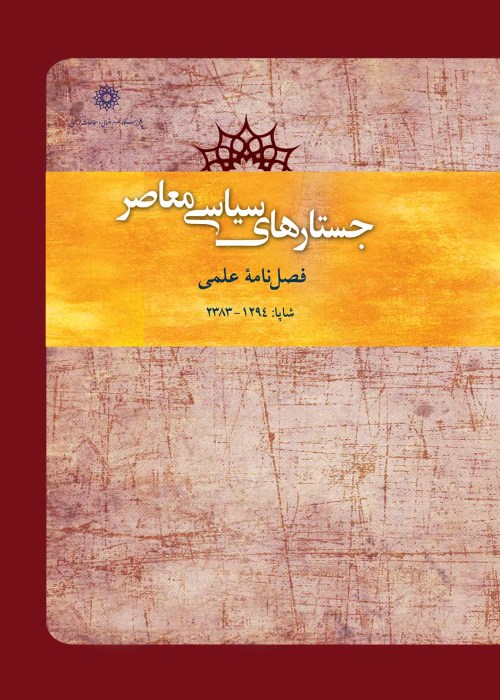Sociological analysis of presidential elections in Iran (case study 2005)
Author(s):
Abstract:
The victory of Mahmoud Ahmadinejad in the ninth presidential election in 1384 marked a turning point in the history of contemporary political and social developments in Iran. Despite the promotion of economic and political development during Rafsanjani and Khatami eras, a candidate was elected who represented different political values. This article intends to analyze the political implications of development programs during the presidency of Khatami, Rafsanjani to examine how Ahmadinejad won the election of 2005 based on the Asef Bayat Deprived leading theory. The results showed that during the economic modernization of Hashemi era, a new middle class was created which established second of Khordad. But, they faced many challenges in the reform era and turned into passivity. This passivity of middle class, on the one side, and lower social class tendency to counter aristocratic promises of Ahmadinejad in the election of 2005, on the other hand, shaped the outcome of the election.
Keywords:
Language:
Persian
Published:
Jostarha - ye Siyasi - ye Mo'aser, Volume:7 Issue: 3, 2016
Pages:
105 to 142
magiran.com/p1693581
دانلود و مطالعه متن این مقاله با یکی از روشهای زیر امکان پذیر است:
اشتراک شخصی
با عضویت و پرداخت آنلاین حق اشتراک یکساله به مبلغ 1,390,000ريال میتوانید 70 عنوان مطلب دانلود کنید!
اشتراک سازمانی
به کتابخانه دانشگاه یا محل کار خود پیشنهاد کنید تا اشتراک سازمانی این پایگاه را برای دسترسی نامحدود همه کاربران به متن مطالب تهیه نمایند!
توجه!
- حق عضویت دریافتی صرف حمایت از نشریات عضو و نگهداری، تکمیل و توسعه مگیران میشود.
- پرداخت حق اشتراک و دانلود مقالات اجازه بازنشر آن در سایر رسانههای چاپی و دیجیتال را به کاربر نمیدهد.
In order to view content subscription is required
Personal subscription
Subscribe magiran.com for 70 € euros via PayPal and download 70 articles during a year.
Organization subscription
Please contact us to subscribe your university or library for unlimited access!



